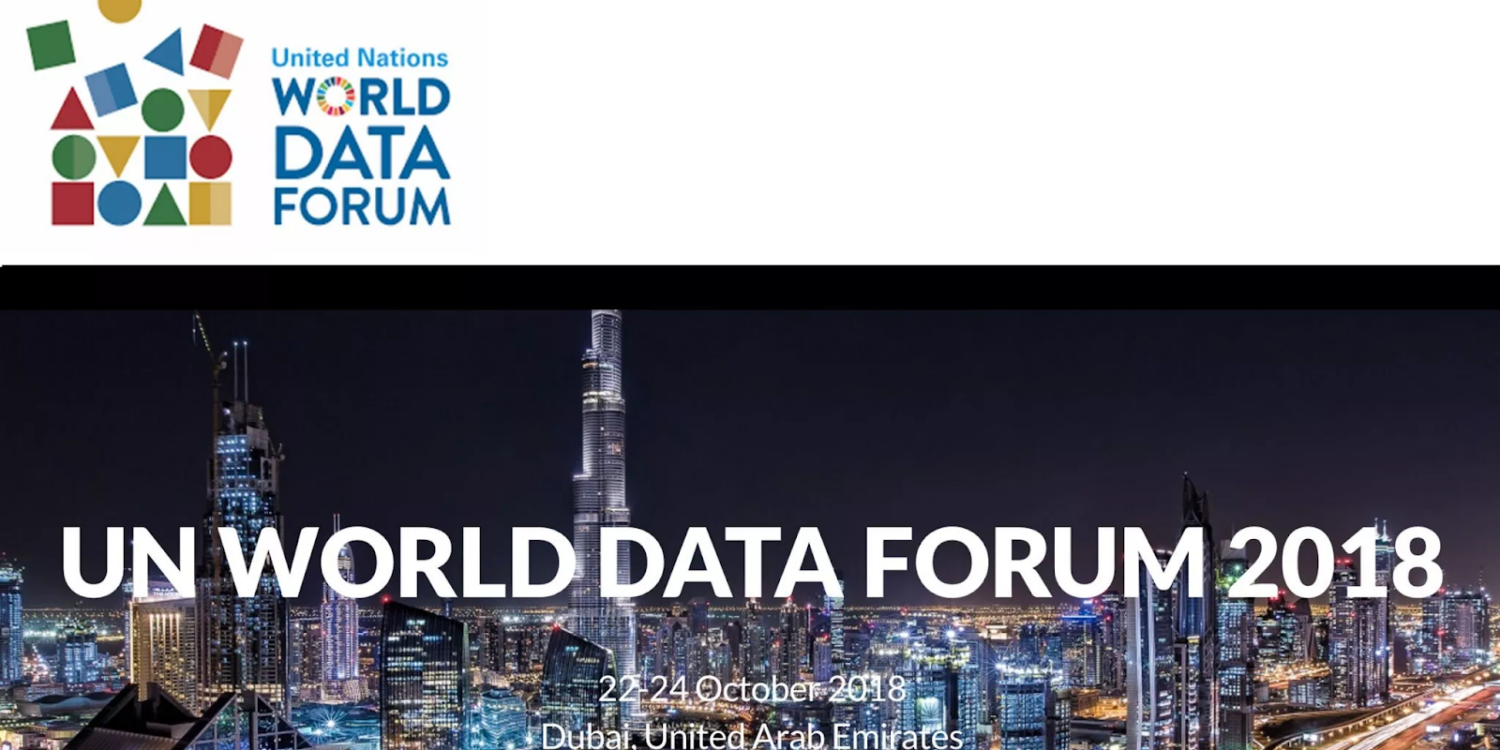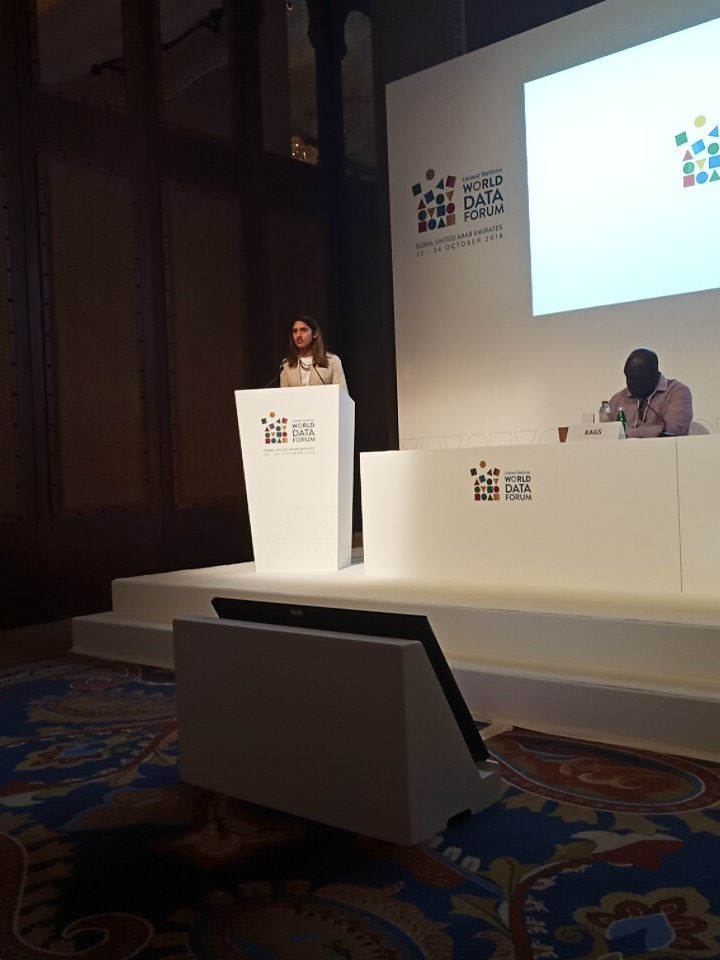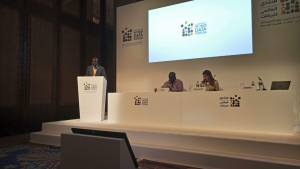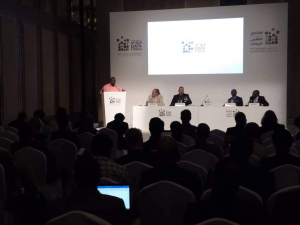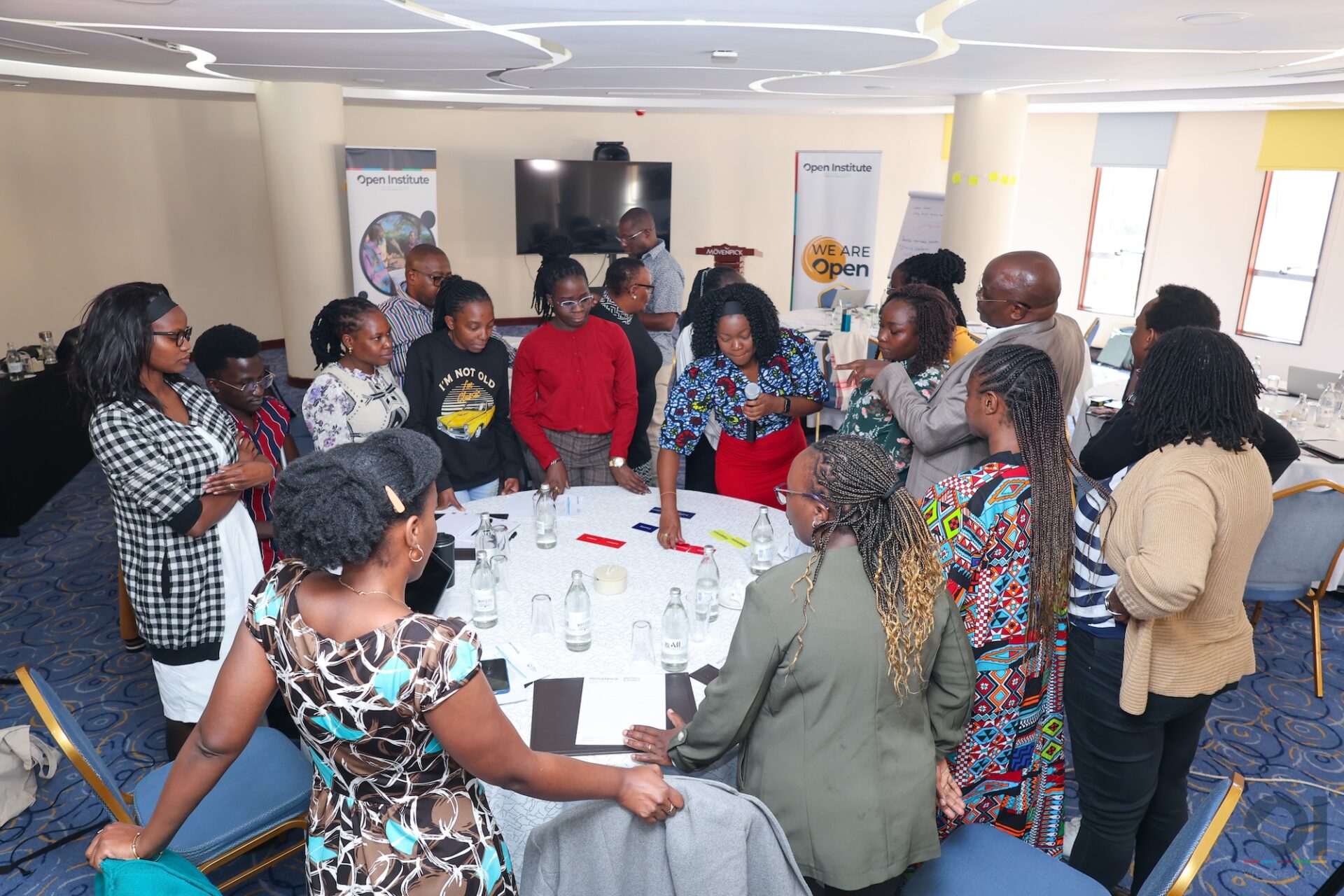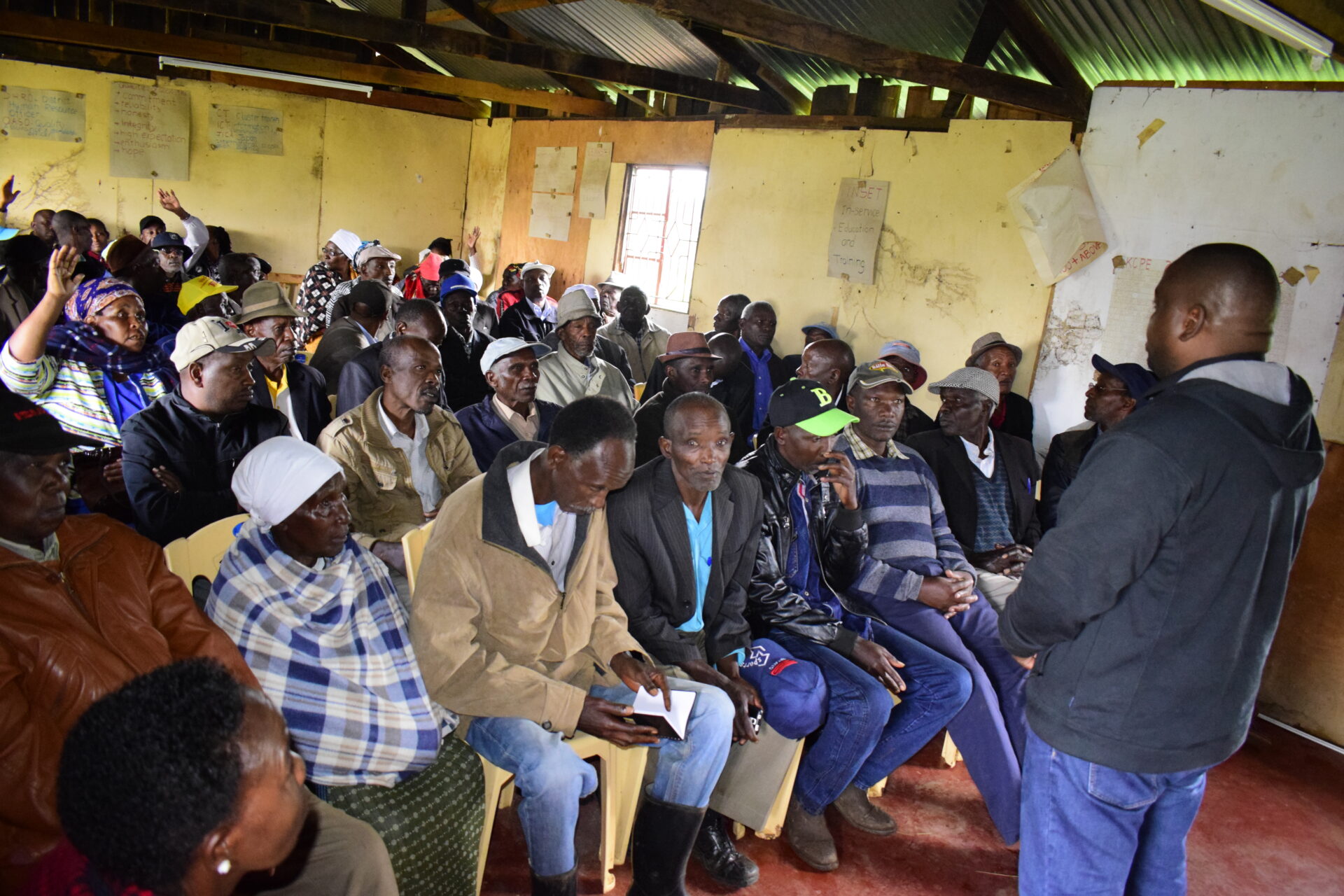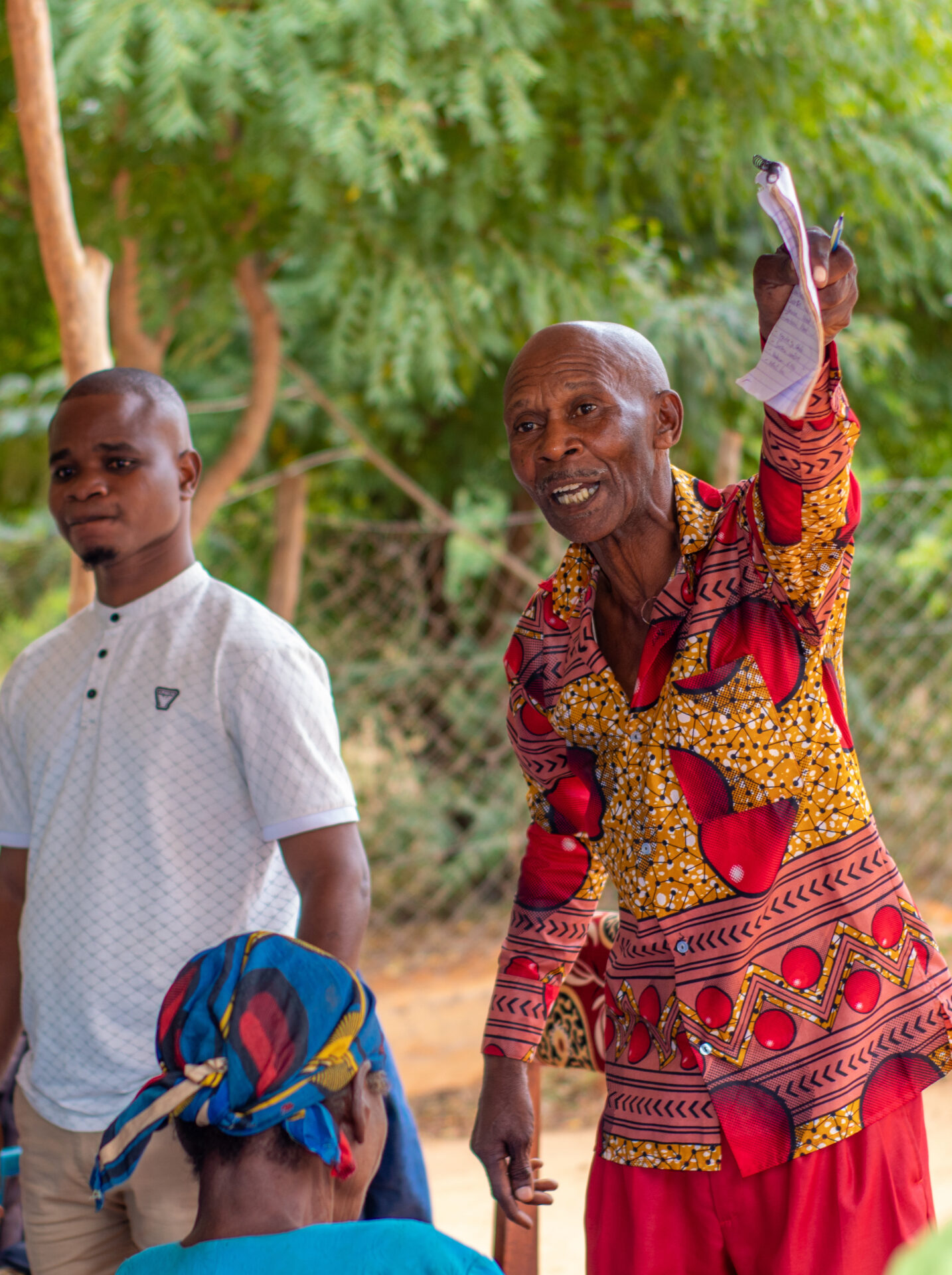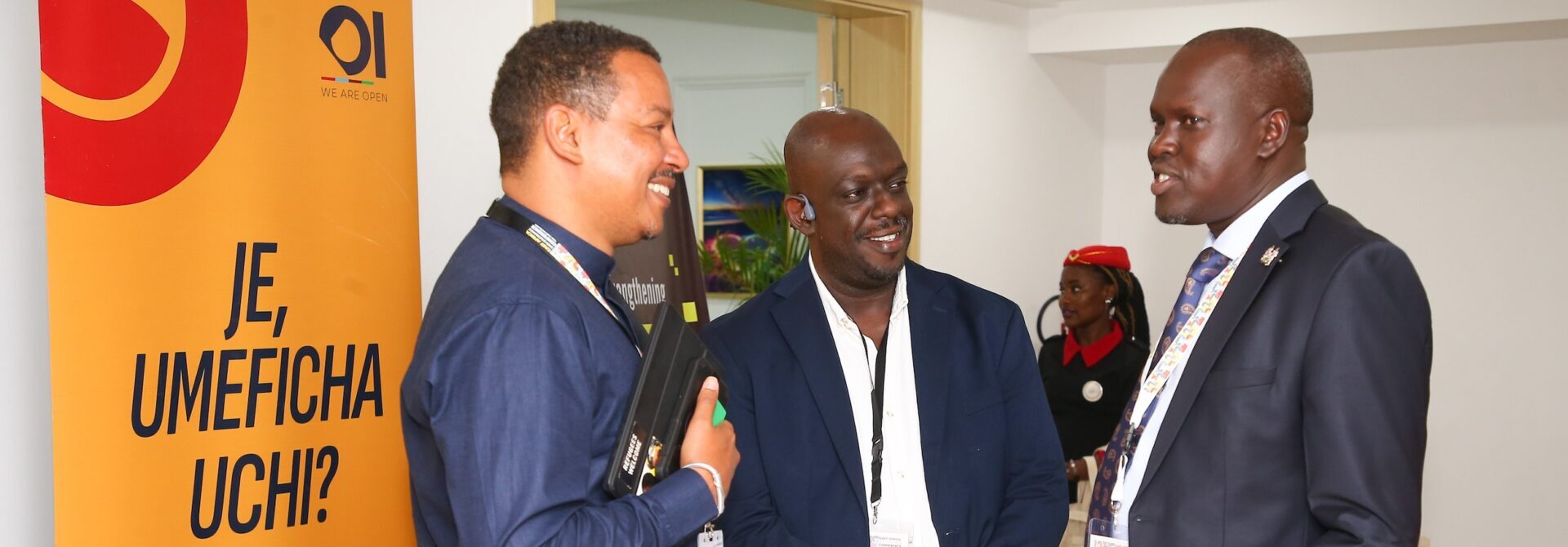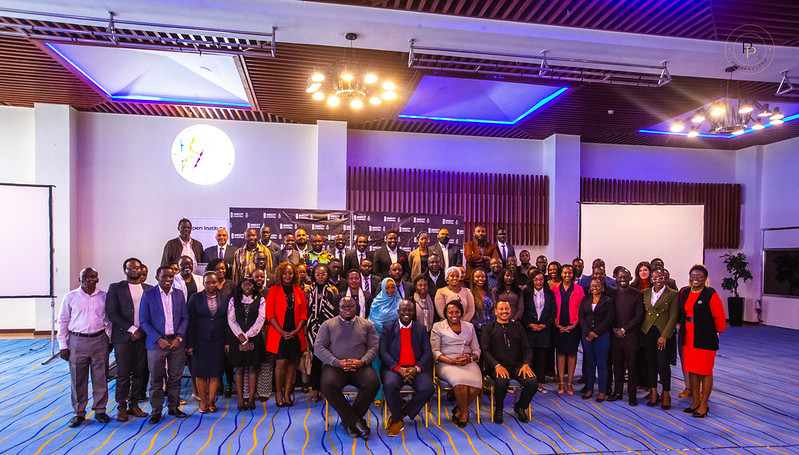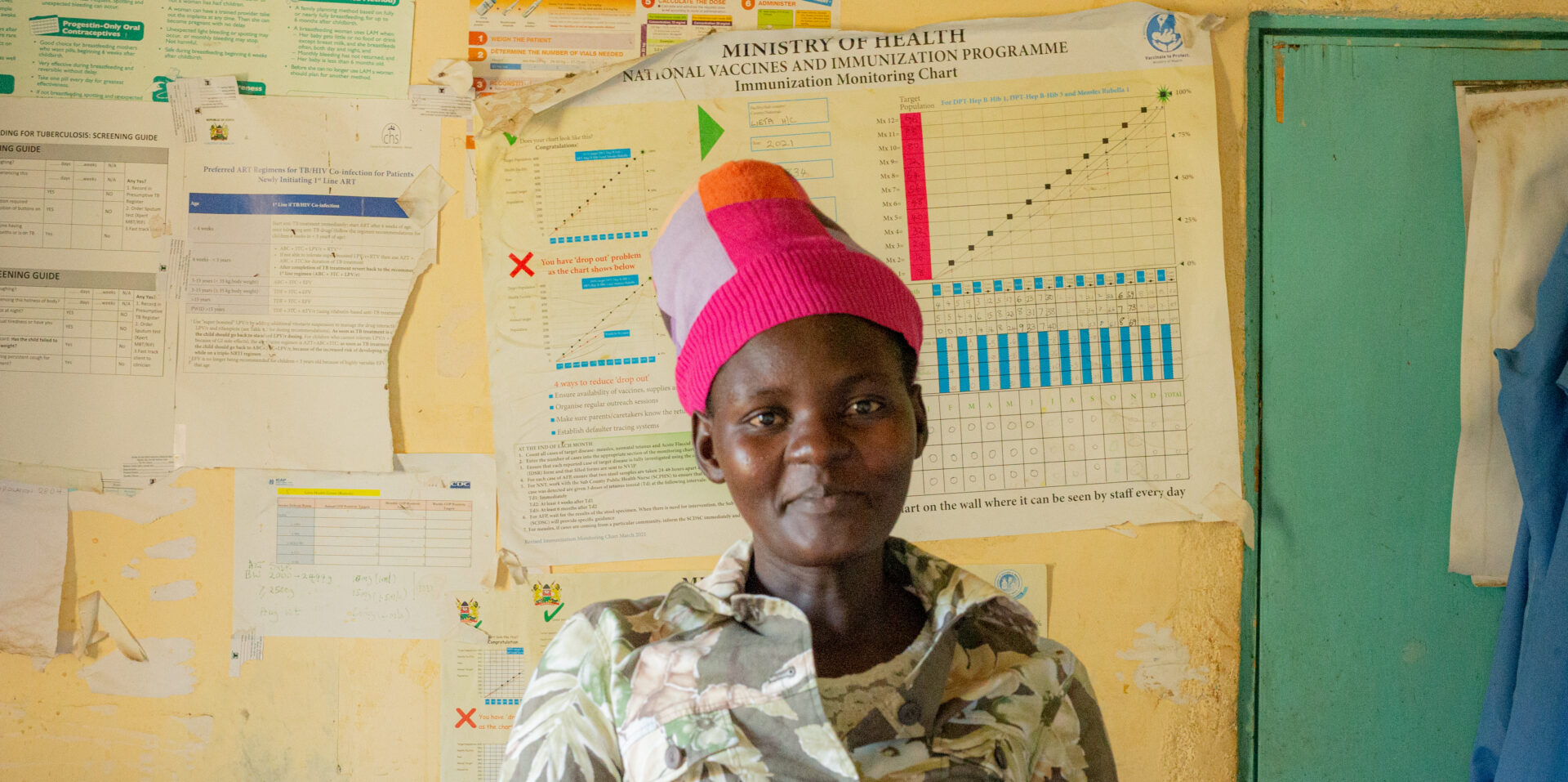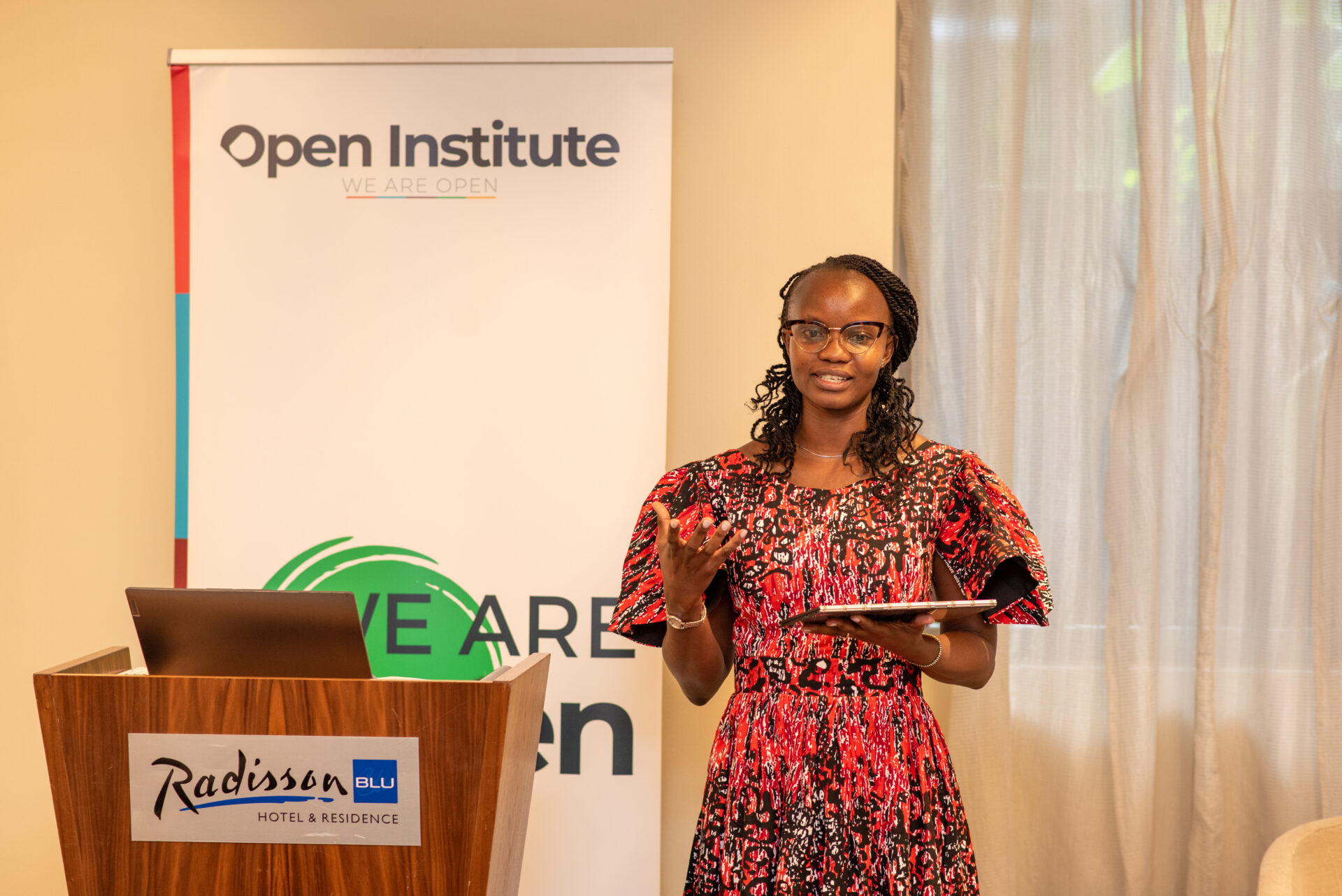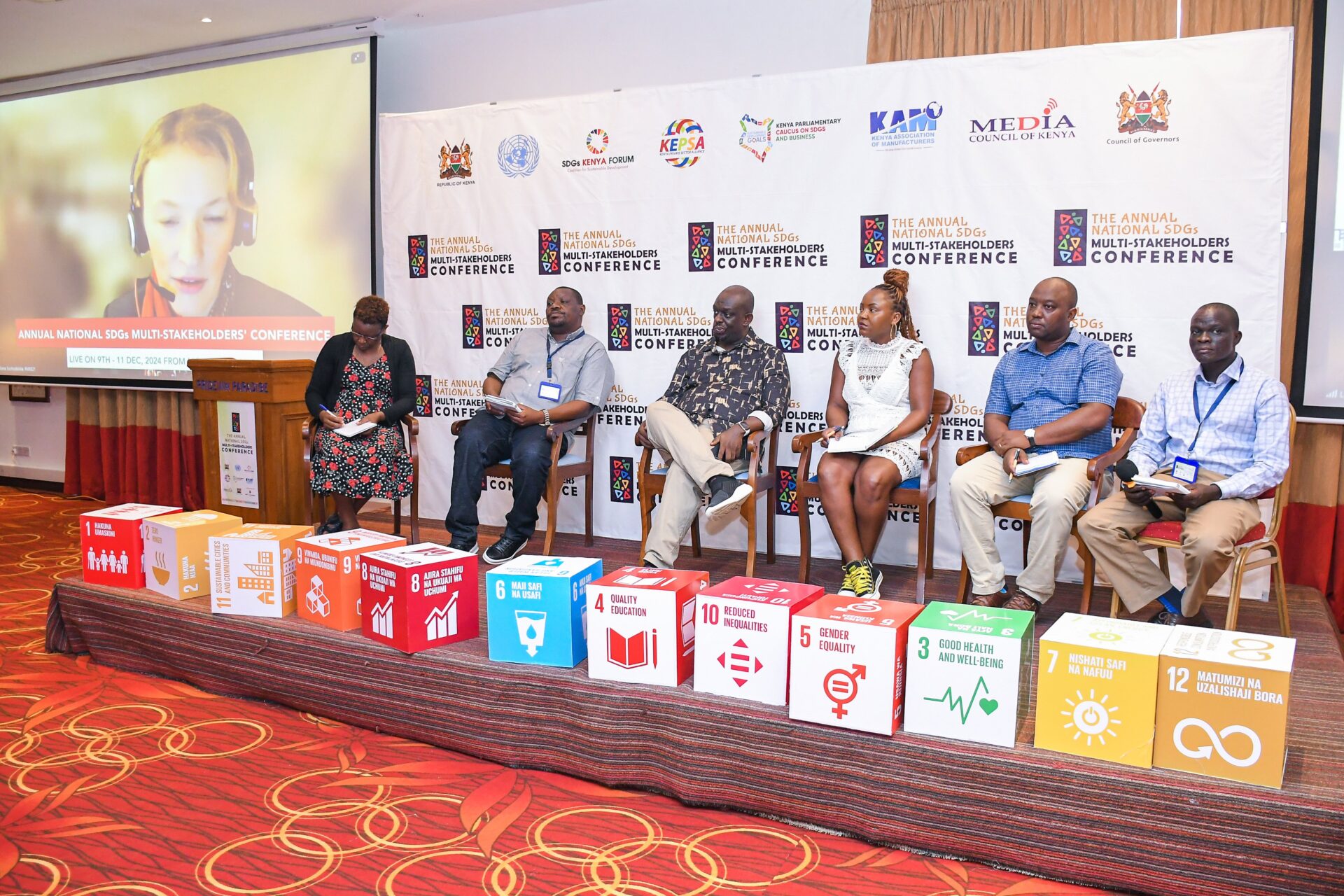The 2nd UN Data Forum was well attended in the beautiful City of Dubai. The participants came from across the globe and brought a wealth of knowledge and colorful culture to the event. Over the next three days, over 75 sessions were on the agenda that would capture the interest of the participants. The sessions were geared to engage and offer learnings and fell in six tracks;
- New approaches to capacity development for better data: supporting broad data ecosystems in countries
- Innovations and synergies across data ecosystems: bringing data sources together and creating an enabling environment for the integration and use of non-traditional data sources
- Leaving no one behind: Generating and leveraging data and statistics to ensure visibility and voice for everyone
- Understanding the world through data: making data and statistics relevant and usable to all users; increasing data and statistical literacy and data communication; strengthening the use of data in journalism
- Building trust in data and statistics: Applying data principles and governance to new and existing data sources and implementing open data principles and practices
- How far have we come? A look at the implementation of the Cape Town Global Action Plan; Addressing emerging challenges of fully harnessing the power of data to improve people’s lives
From our perspective, we were very interested in all the tracks but importantly, in the Leave No one behind and the Innovations and synergies across data ecosystems tracks. These areas are dear to us since they are the areas that our work on various programmes falls in.
The sessions that the Open Institute presented on were:
- The Data for Policy Action: Using Big Data to Drive Development for All
Al Kags (Open Institute), Harpinder Collacott (Development Initiatives) and Davis Adieno (Global Partnership for Sustainable Development Data) were the panelists and they discussed the progress and learnings that data has made to help communities engage from the hyper-local, national and regional level.
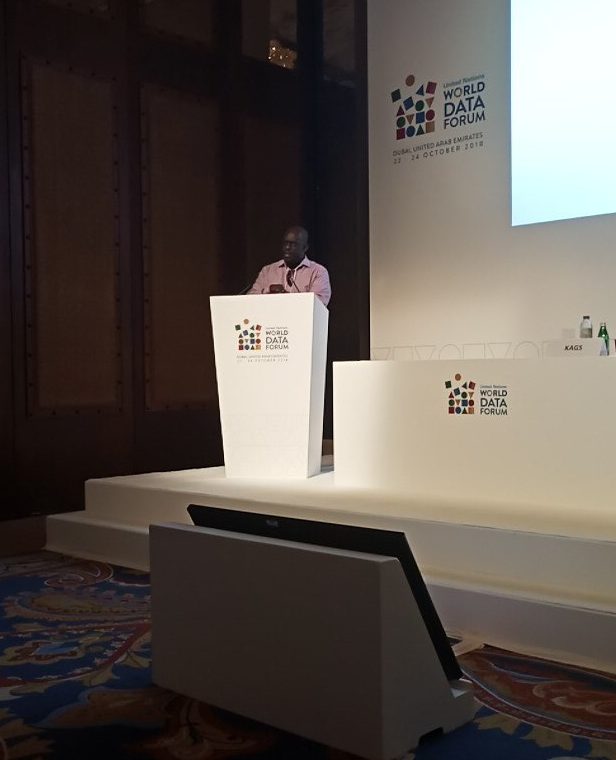
Al talked at length on the advancement of communities who have used data to identify and prioritize issues affecting them. Some communities have been able to approach their governments and request for services and support. In Lanet Umoja location in Nakuru, Kenya was able to get a health clinic, alleviating the need for having health facility near the residents. The data had shown that most of the residents, who were mainly elderly and pregnant women, had to travel more than 10 kilometers to reach a health facility.
Ms. Collacott, in her presentation, talked about the cases studies that her organization has been working on in Uganda, Kenya, and Nepal. In Nepal, there has been a tremendous use of data especially for informing government to develop a national strategy; the National Strategy for Reaching the Unreached to Reduce Health and Nutrition Inequalities in Nepal (2016–2030). The strategy called for openness and interoperability of data from different sources that supported the national initiatives to find solutions in the health sector. In Uganda as well, a Community Information System, which is aimed at empowering communities to collect, manage and use data for planning and monitoring purposes is supplementing national statistics data. The growing use of citizen-generated data to advance development and planning by countries is indicative of the gaps being identified and the need to mitigate them.
Mr. Adieno reiterated similar opinions, suggesting that there is a need to engage citizens more and leverage citizen-generated data and data from other sources to better inform planning and priority identification. The use of satellite data has been put in the forefront to offer trend data on vegetation and land degradation, population, and infrastructure growth as well as climate change. Such data, for example, can give a farmer an understanding of the how best to manage their farms and equally improve service delivery by the government. - It takes a village to leave no one behind: Emerging best practices in community-based data collection
Ignacio Marcovecchio (Computer Scientist), Herbert Buyondo (Principal Statistician at the Uganda Bureau of Statistics), John Nsubuga (Statistician and Programmes Officer at Development Research and Training (DRT)), Benjamin Charagu (Programmes Director, Open Institute) and Bill Anderson (Development Initiatives) were in the panel. The panelists were given an opportunity to highlight the best practices formulated in their work with the communities. From Kenya and Uganda, there were similar stories of how citizen-generated data has been useful in influencing government decisions and enhancing planning and service delivery.The panel noted that there was a benefit of harnessing data from other sources including the private sector and other players, to better focus their efforts to solve problems. Interoperability was called for as an avenue to finding innovative and economical solutions affecting communities.

The three-day event was full of activity, knowledge sharing, and more importantly networking. Some were familiar to others and got an opportunity to catch up and discuss the progress they have made. Others made new acquaintances with the hope that they would grow to be friends and evolve into partnerships.
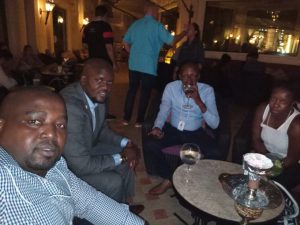
The final day made an impact on many participants, as people gathered into the plenary hall for the final briefing as the event came to a close The trend that was emerging following the sensitization of using localized data as a source for data aggregation, was the use of satellite data.
The conference had many players in this space that showcased a wide range of products generated from spatial data and that could be added on to the traditional statistical data or citizen-generated data, to inform on trends and forecasts, especially on population, vegetation, and climate changes. NASA was one of the big players who had released a free to use data portal that contained data that spanned from 1999 to date and impressively focus on any region on a clear pixel of 30 meters square.
The initiative by NASA is to help organizations and individuals create datacubes. Data-cubes are going to inject a new dimension to planning processes for both public and private organizations.
I look forward to the 3rd UN Data Forum happening in Bern, Switzerland on the 18-21 October 2020, where I expect to see more innovation in data use, greater access to data for decision making, a greater use of citizen-generated data and solutions that drive us closer to accomplishing the SDG targets.

